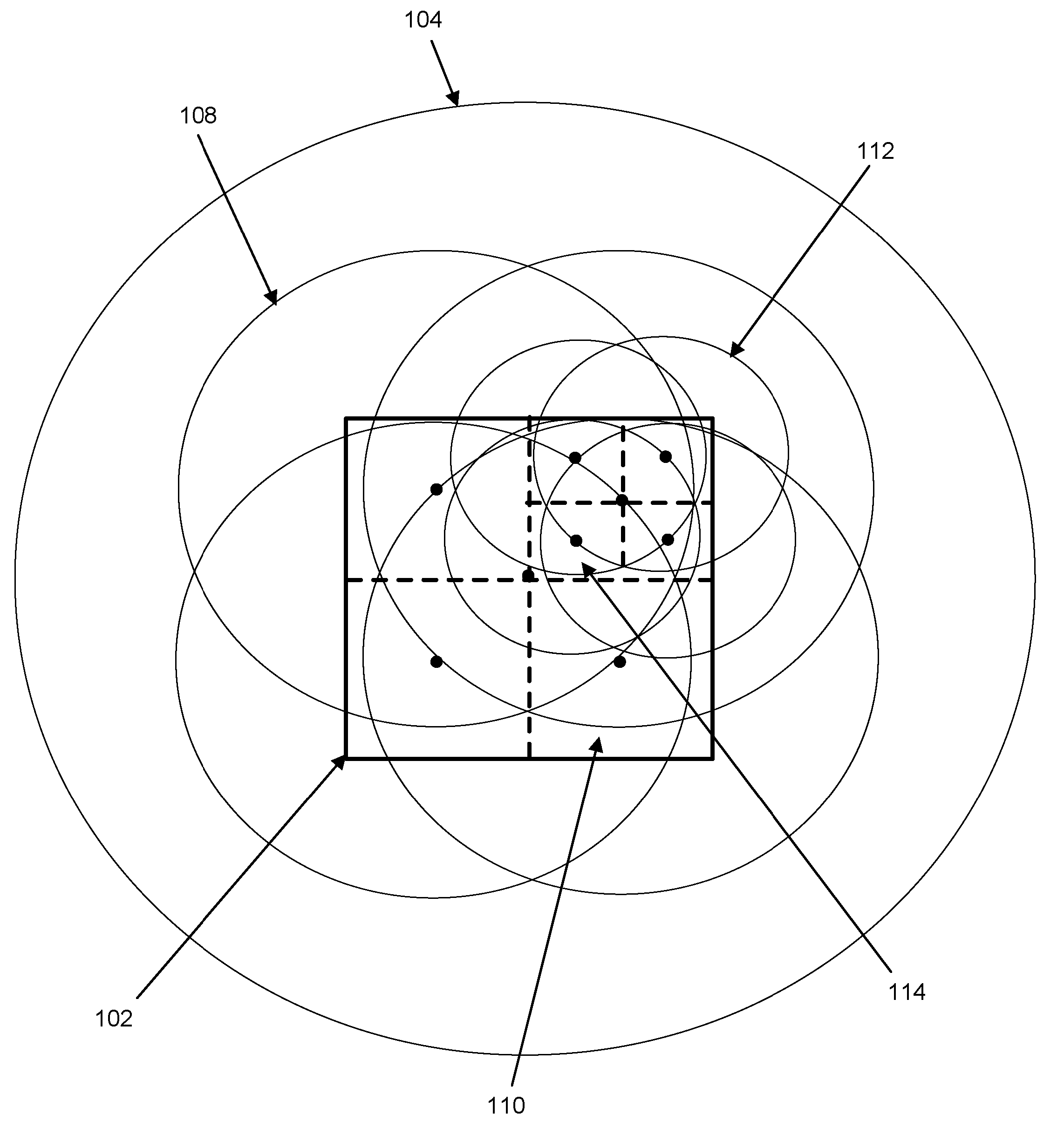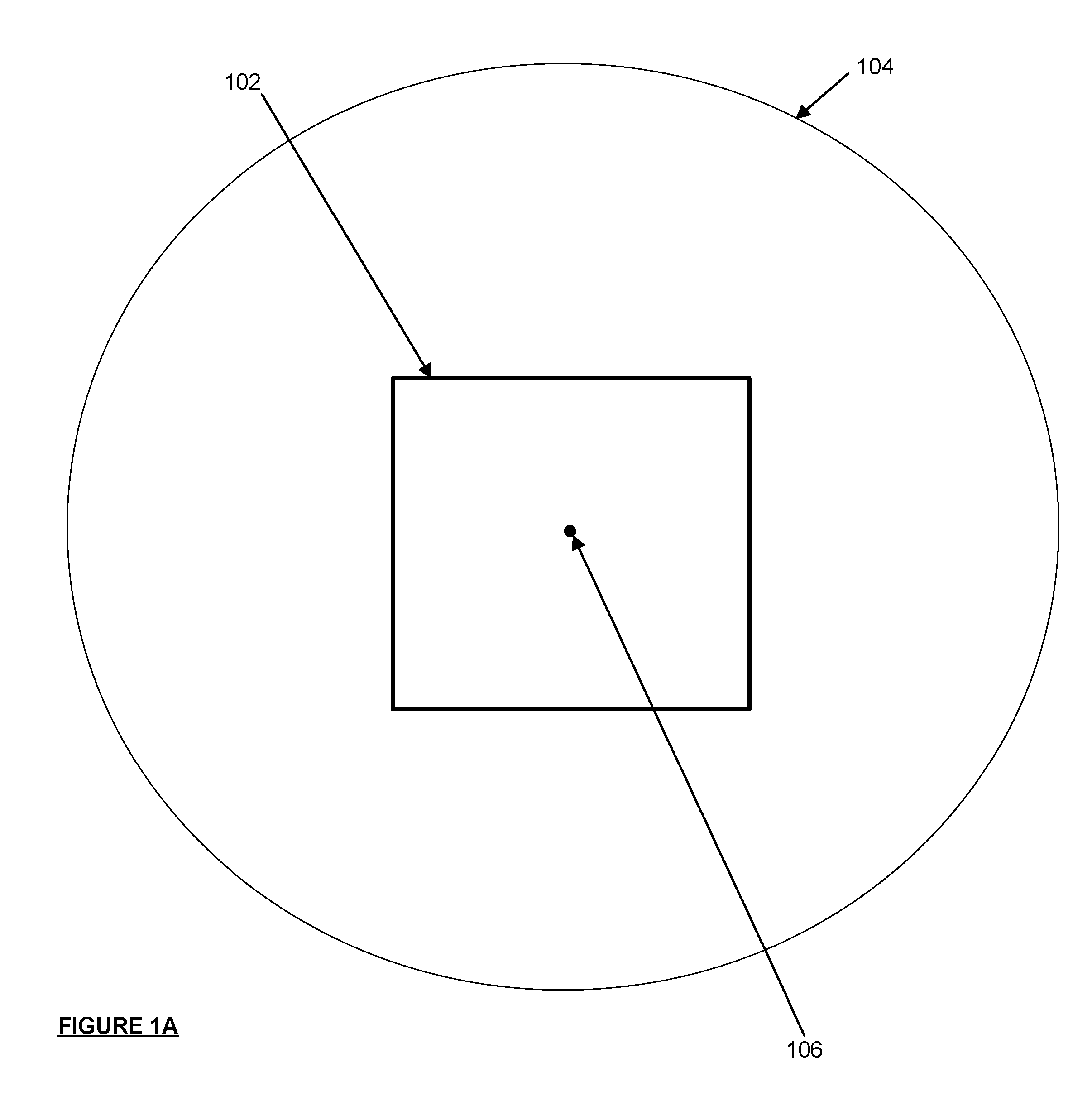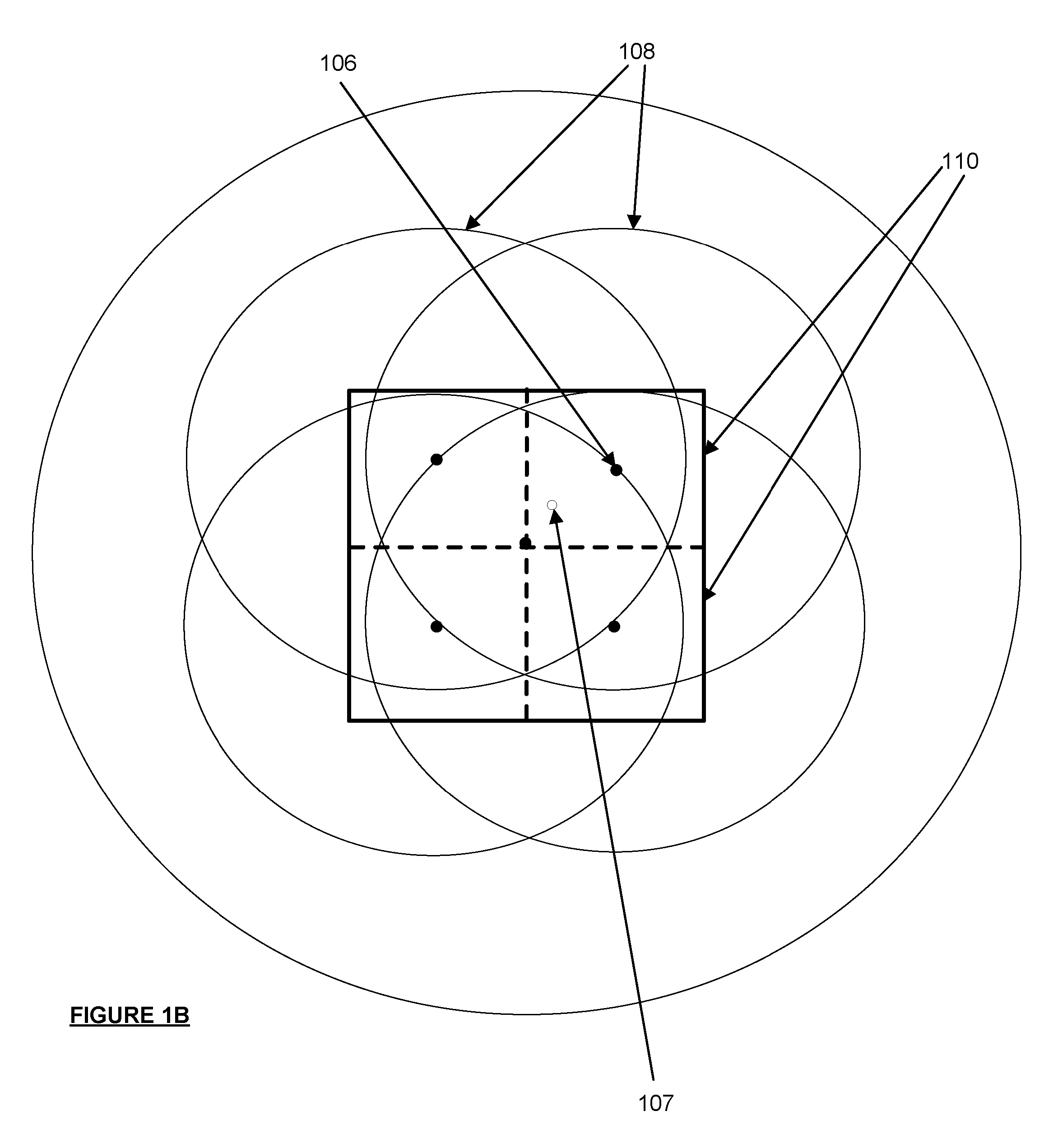Systems and methods for indexing and searching data records based on distance metrics
a technology of distance and indexing data records, applied in the direction of electric digital data processing, instruments, computing, etc., can solve the problems of not being useful in answering proximity queries, not being able to guarantee the nearness of a search tree, and not being able to access secondary storage in the same time as accessing main memory
- Summary
- Abstract
- Description
- Claims
- Application Information
AI Technical Summary
Benefits of technology
Problems solved by technology
Method used
Image
Examples
Embodiment Construction
.”
BRIEF DESCRIPTION OF THE DRAWINGS
[0018]For a more complete understanding of the principles disclosed herein, and the advantages thereof, reference is now made to the following descriptions taken in conjunction with the accompanying drawings, in which:
[0019]FIG. 1A is a graphical representation of a Level 0 root node of a two-dimensional P-tree data structure used to store data points of interest within a geographic region, in accordance with one embodiment.
[0020]FIG. 1B is a graphical representation of a Level 1 set of sub-nodes in a two-dimensional P-tree data structure used to store data points of interest within a geographic region, in accordance with one embodiment.
[0021]FIG. 1C is a graphical representation of a complete two-dimensional P-tree data structure used to store data points of interest within a geographic region, in accordance with one embodiment.
[0022]FIG. 2 is an illustration of a flowchart detailing a method for searching a two-dimensional P-tree data structure, ...
PUM
 Login to View More
Login to View More Abstract
Description
Claims
Application Information
 Login to View More
Login to View More - R&D
- Intellectual Property
- Life Sciences
- Materials
- Tech Scout
- Unparalleled Data Quality
- Higher Quality Content
- 60% Fewer Hallucinations
Browse by: Latest US Patents, China's latest patents, Technical Efficacy Thesaurus, Application Domain, Technology Topic, Popular Technical Reports.
© 2025 PatSnap. All rights reserved.Legal|Privacy policy|Modern Slavery Act Transparency Statement|Sitemap|About US| Contact US: help@patsnap.com



